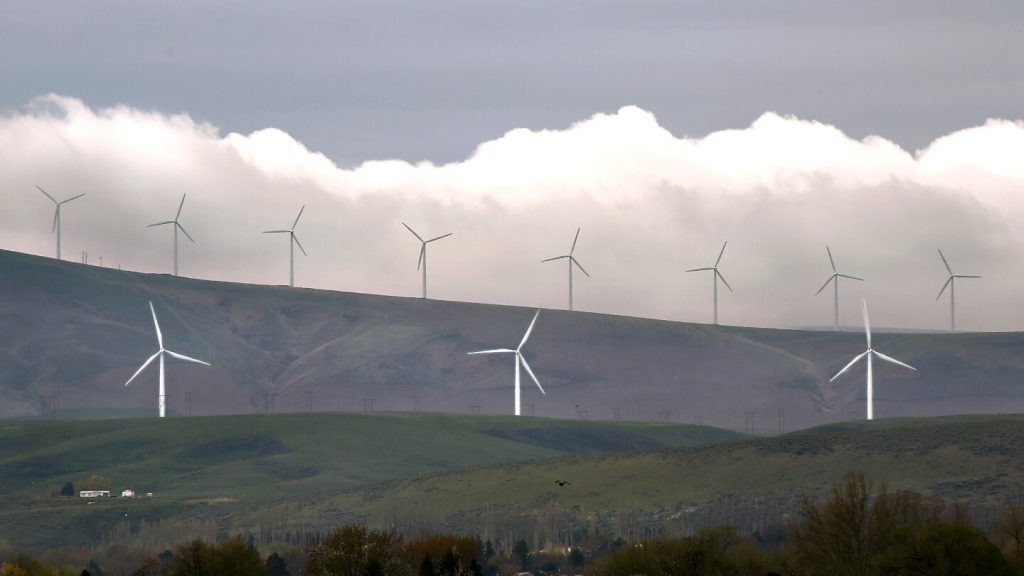Inslee’s decision to reject the recommended cut of the proposed wind farm has reignited the debate over renewable energy in Washington. The $1.7 billion project, which initially included 222 wind turbines and three solar arrays, faced opposition due to the presence of nests of the endangered ferruginous hawk in the area. Despite concerns raised by the Energy Facility Site Evaluation Council, Inslee emphasized the growing energy demands of the state and the need for sustainable solutions. He pointed out that the turbines would be visible from a distance and would not intrude on any residential properties.
The clash between local opposition and the push for renewable energy reflects a larger challenge faced by Washington in balancing environmental conservation with energy production. Inslee’s stance on the wind farm project showcases his commitment to addressing climate change and promoting clean energy initiatives. By urging the council to reconsider its recommendation and potentially expand the project, Inslee is highlighting the importance of long-term sustainability and reducing reliance on fossil fuels. Additionally, his efforts to involve the Yakama Nation in the decision-making process underscore the significance of preserving cultural and historical landscapes.
The project has been a subject of contention for over three years, with stakeholders on all sides weighing in on the potential impacts of the wind farm. Inslee’s decision to push for a reevaluation of the proposal injects new uncertainty into the debate, as the council now has a limited time frame to reassess its initial stance. This development has sparked renewed interest in the future of renewable energy in Washington, with supporters of the project seeing it as a crucial step towards meeting the state’s energy needs. However, concerns remain about the environmental consequences and the potential displacement of wildlife habitats.
As Washington grapples with the challenge of transitioning to clean energy sources, the fate of the Horse Heaven wind farm will serve as a litmus test for the state’s commitment to sustainability. Inslee’s intervention in the project reflects a broader shift towards prioritizing renewable energy and reducing greenhouse gas emissions. With the clock ticking on the council’s reconsideration of the proposal, stakeholders on all sides will be closely monitoring the outcome and its implications for the future of wind energy in Washington. The decision-making process surrounding the wind farm underscores the complex interplay between environmental conservation, energy production, and stakeholder engagement in shaping the state’s energy landscape.


